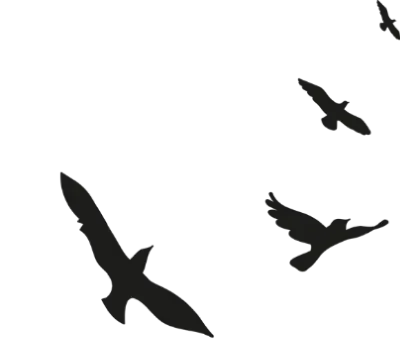Socotra Island
Everything you need to turn your dream trip into reality is right here. Our goal is to make your journey a true adventure of discovery.


Socotra Archipelago - About
About The Island
The Socotra Archipelago is a natural treasure in the Arabian Sea , belonging to the Republic of Yemen and situated 380 km from the southern Yemeni coastline. Its long isolation from the Arabian Peninsula and the Horn of Africa has allowed the islands to develop unique and rare species of flora and fauna found nowhere else on Earth.
The number of endemic species on Socotra has surpassed 300, with new species being discovered each year. This makes Socotra one of the most critical sites for biodiversity conservation, comparable to renowned locations like the Galápagos Islands. In 2008, the archipelago was designated as a UNESCO Natural World Heritage Site.
Samha, Abd Al-Kuri and Darsa Islands:
The Archipelago consists of four islands with Socotra being the main island covering the area of 3625 km2. The other islands are Abd Al-Kuri (133 km2) and the brothers Samha (41 km2) and Darsa (5.412 km2). There are also two small rocky outcrops called Sabonia and Saiyal.
The other three main islands of the Archipelago are situated to the west of Socotra.
The island of Samha is not bigger than 10×5 km with about 120 inhabitants.
Abd Al-Kuri is larger with the area of 25×5 km. About 500 people live on the island.
Both islands are covered with very little vegetation and are extremely isolated.
Samha can be reached in about 4 hours by a fishermen’s boat from Qalansiya, Abd Al-Kuri is about 12 hours by a sambok (a big local yacht).
The island of Darsa is not inhabited, local fishermen do camping in the island during the fishing season
Landscape
Socotra's landscape is strikingly dramatic. The Haghier Mountains, located in the northwestern part of the island, rise to heights of up to 1,500 meters. Deep gorges create a stark contrast with the Dixam Plateau, which overlooks the Noget Plain along the southern coastline.
Climate
Socotra's climate is shaped by the North-East winter monsoon (November to January/February) and the South-West summer monsoon. The dominant summer monsoon occurs from May to September, bringing extremely strong, dry, and hot winds from Africa. These winds, averaging a force of 7 on the Beaufort Scale, make ship landings impossible, leaving the island accessible only by plane during this period. Fishing becomes difficult due to strong winds and high waves, prompting many residents to move from the coast to the mountains to escape the winds and harvest their date palms.
The two months period of April to May is the hottest and driest one but with possible rain in some parts of the island. Temperatures usually rise above 40 °C.
Population
The population of Socotra is estimated at around 60,000 inhabitants, with most people living in the capital, Hadibu, and the western town of Qalansiya. The island's residents still rely on traditional livelihoods, including livestock farming, fishing, date plantations, and small-scale home gardens.
In rural areas, most of the population consists of semi-nomadic pastoralists who raise livestock such as goats, sheep, cattle, and camels in the interior. Vegetable and fruit cultivation is rare on the island, with some small-scale gardening recently introduced by the French NGO Triangle Génération Humanitaire, which focuses on agricultural and potable water projects in Socotra.
The main diet on Socotra
Fish is the main component of nutrition a long with some meat, milk, sour milk and dates supplemented by imported rice and flou.
Language
Arabic is the official language taught at school and most people are bilingual in coastal areas. Socotri is an ancient unwritten language spoken mostly by women and children in mountain areas of the island.
Money on Socotra
There are no ATMs or credit card facilities on Socotra, so it's highly recommended to bring enough cash in U.S. dollars or euros. These can be easily exchanged in Hadibo, the capital of Socotra.
Health precautions for Socotra:
Even though Hadibu has a hospital, it only provides basic medical care. Pharmacies are available in Hadibu and Qalansiya, but it's strongly recommended that you bring your own medications.
Recently Socotra is free of Malaria, so you don’t need to take any anti malarial drugs moreover you don’t need any special vaccination for visiting Socotra.
Electricity on Socotra
Electricity from public station is available in Hadibo 24/7.
Communication on Socotra
Telephones lines are available in Hadibo for local and international calls. Internet access is available in Hadibo, and you can use Starlink. Post office is available in Hadibo and Qalansyia.
